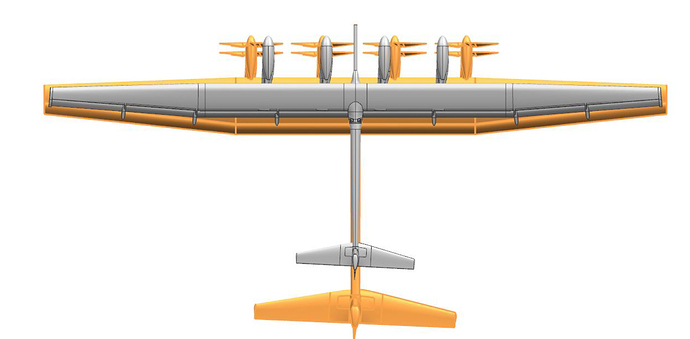Link to forum topic: Makani Archives
Makani have done something incredible.
Makani have done many incredible things.
Recently, Makani published a record of their development and the lessons learned.
In their words…
The Energy Kite Collection: sharing Makani’s lessons
In 2020 Makani’s journey as a company came to an end. To share the lessons and insights the Makani team gained from their 13 year journey developing an entirely new kind of wind energy technology, the team created The Energy Kite Collection, a portfolio of resources including a technical report, Makani’s entire avionics, flight controls and simulation code repositories, flight logs for every crosswind flight of the M600 prototype, technical videos, a new simulation tool called KiteFAST created with the National Renewable Energy Laboratory, and a non-assertion pledge for the free use of Makani’s worldwide patent portfolio.
The Energy Kite technical report consists of three parts:
Part I
provides an overview of best practices and lessons from Makani’s most advanced energy kite (the M600) and offers suggestions on how to complete a next generation energy kite system.
Part II
is a collection of technical artifacts that outline the design of the energy kite system, Makani’s understanding of the physics of tethered flight, and includes a user guide for the flight logs available online.
Part III
includes reports on flight tests and illustrates Makani’s progress toward long-term permitting and type certification for airborne wind turbines.
We think these materials will be especially interesting to airborne wind developers and researchers, aerospace experts, engineering students, and people who are curious to learn about novel flight vehicles. A full copy of the report and multimedia assets are also available on Internet Archive.
My crass invitiation to viewing some of this resource originally read as follows… I’ve since re-written this first post on theis thread…
Who would like to watch Makani Videos for the rest of the evening?
Here’s a teaser
movies
20180410 RPX-09 - Mid-Air Break Up of Makani M600 During Crosswind Flight [Excerpt]

![Pulling Power from the Sky: The Story of Makani [Feature Film]](https://img.youtube.com/vi/qd_hEja6bzE/maxresdefault.jpg)